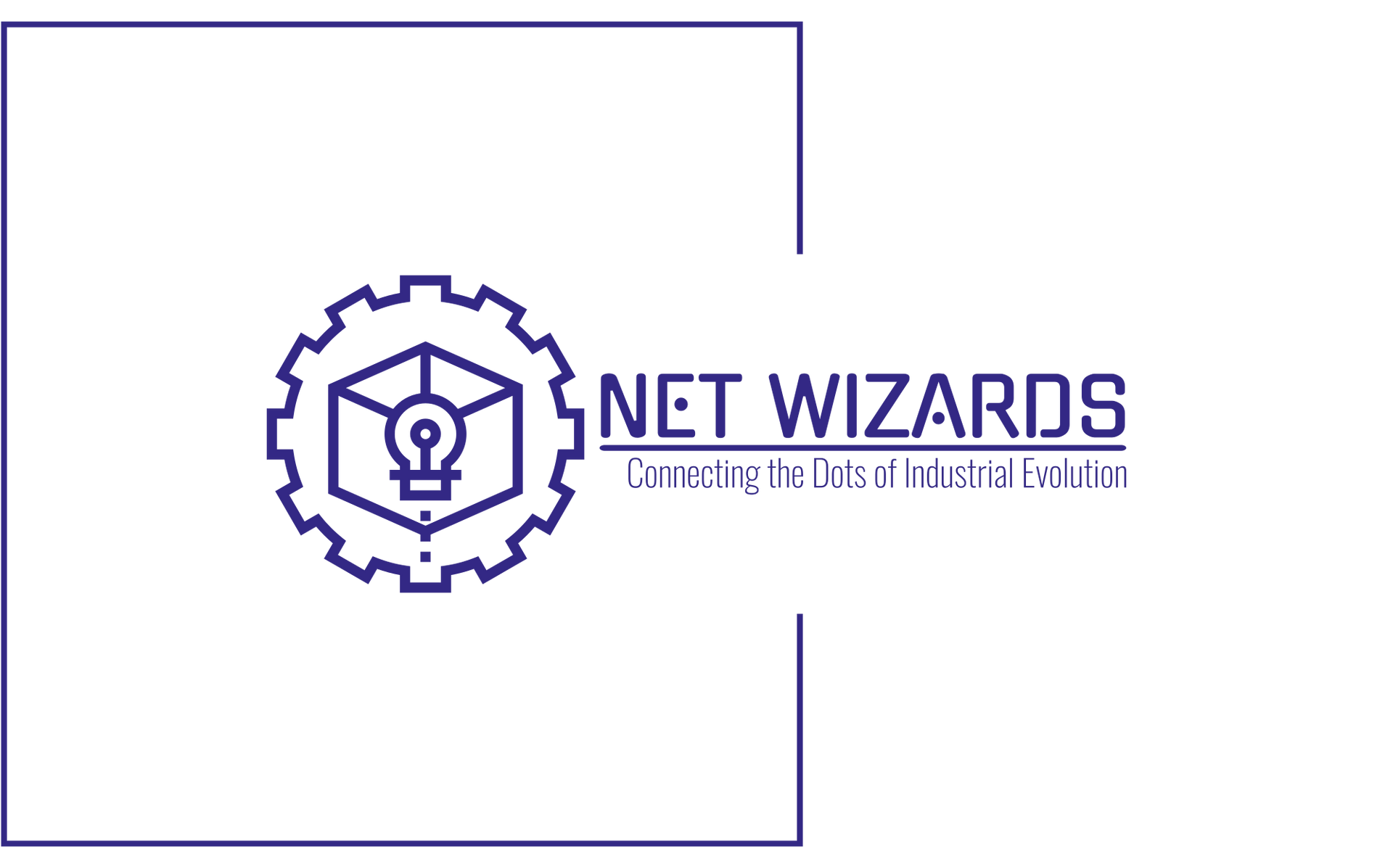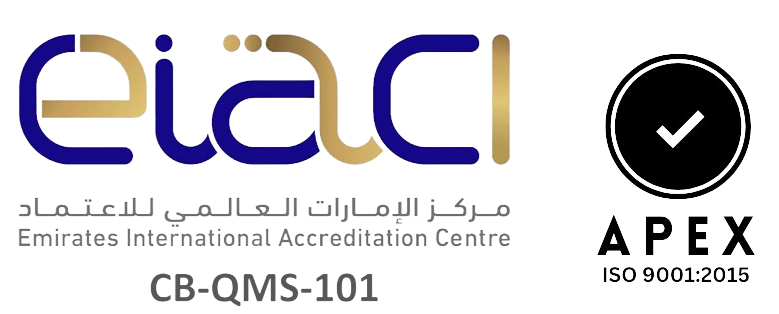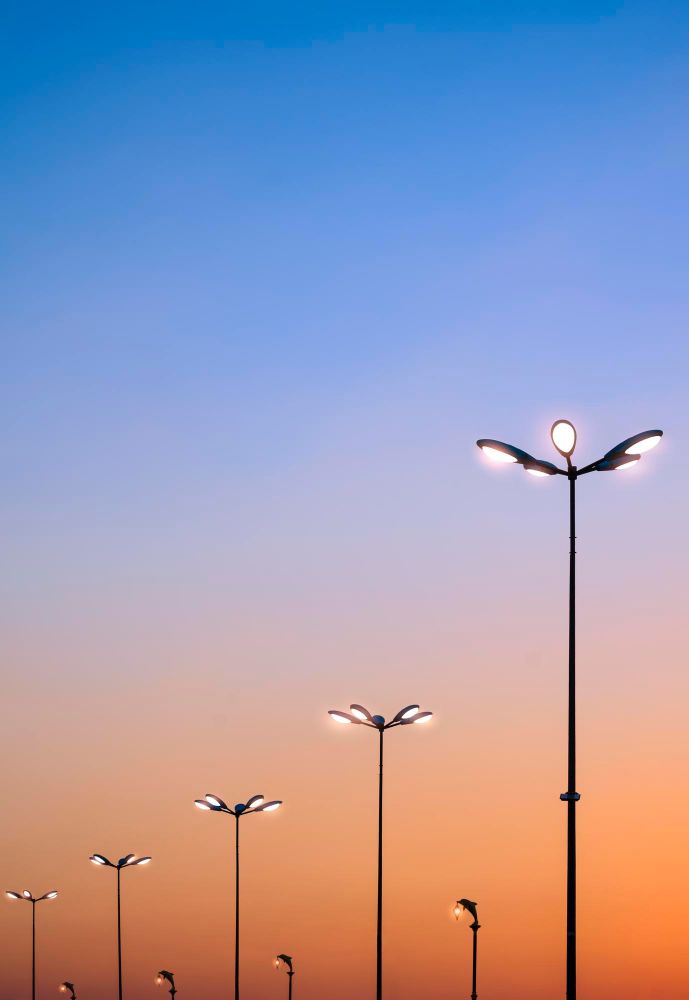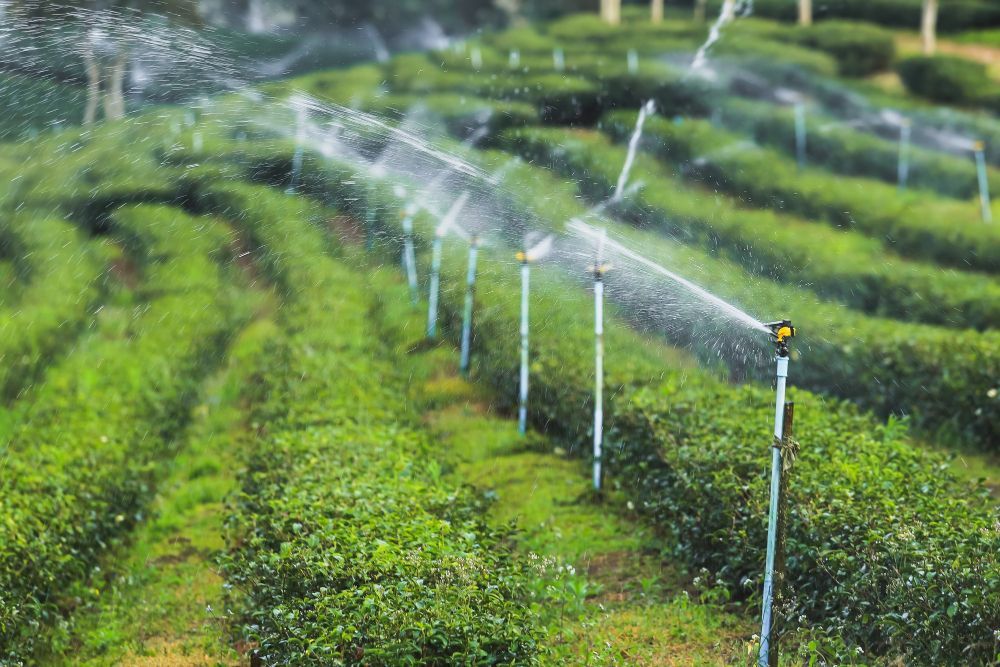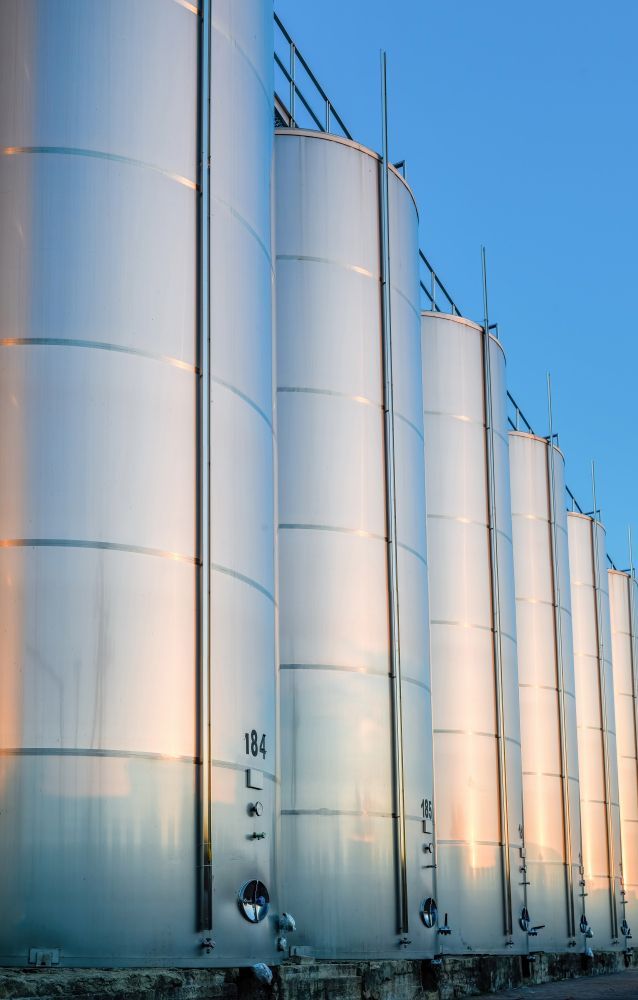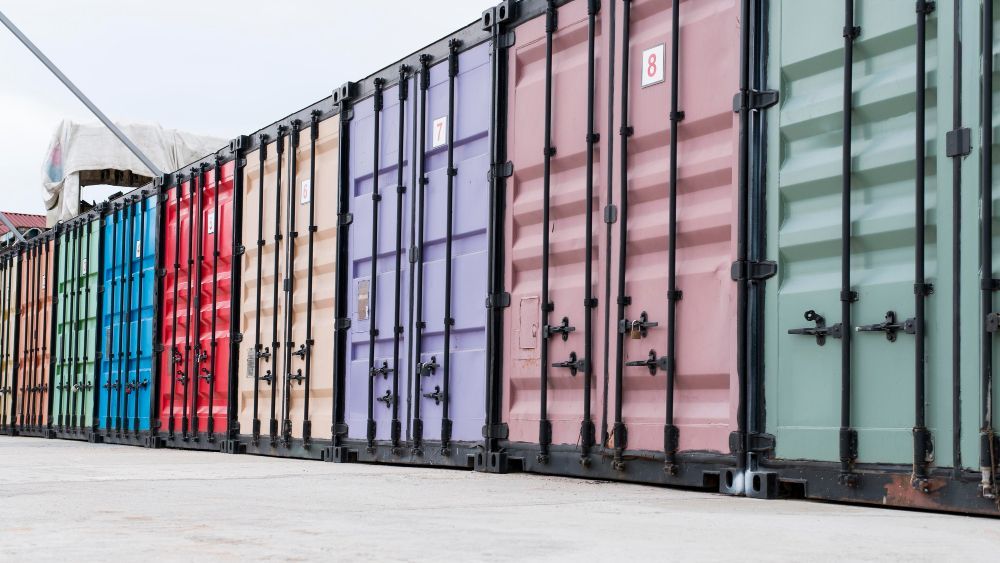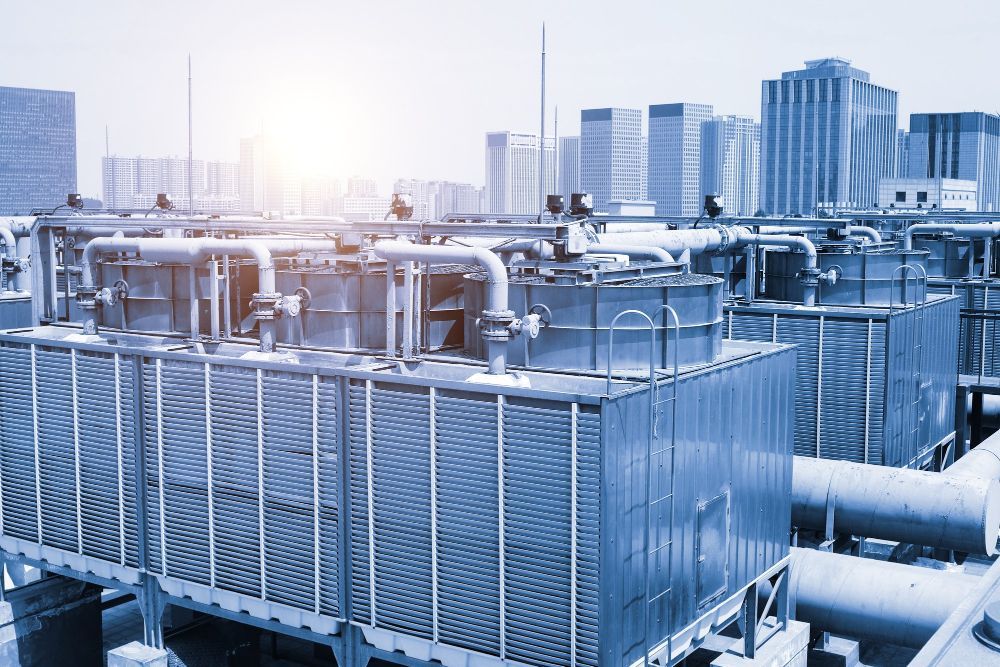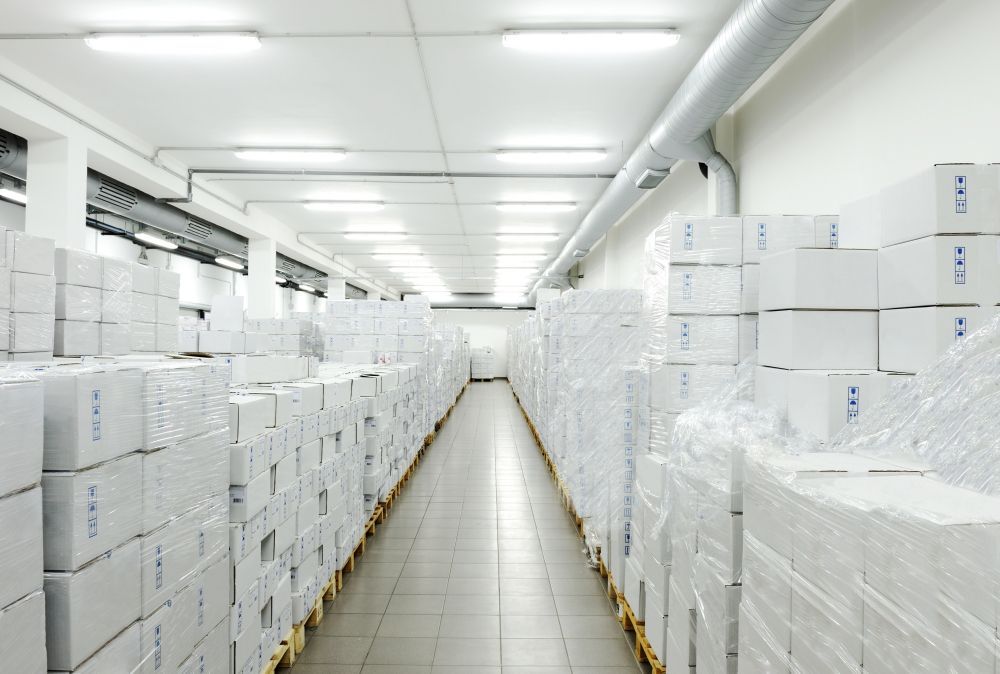"Empowering smart cities with Industrial IoT:
Where infrastructure meets intelligence."
Industrial Internet of Things (IIoT)
The Industrial Internet of Things (IIoT) refers to the integration and interconnection of sensors, instruments, and other devices networked together with industrial applications, including, but not limited to, manufacturing and energy management. This connectivity allows for data collection, exchange, and analysis, potentially facilitating improvements in productivity and efficiency as well as other economic benefits.
While the concept of IoT encompasses a broad range of devices—from smart refrigerators to wearable fitness devices—the IIoT focuses specifically on industrial applications.
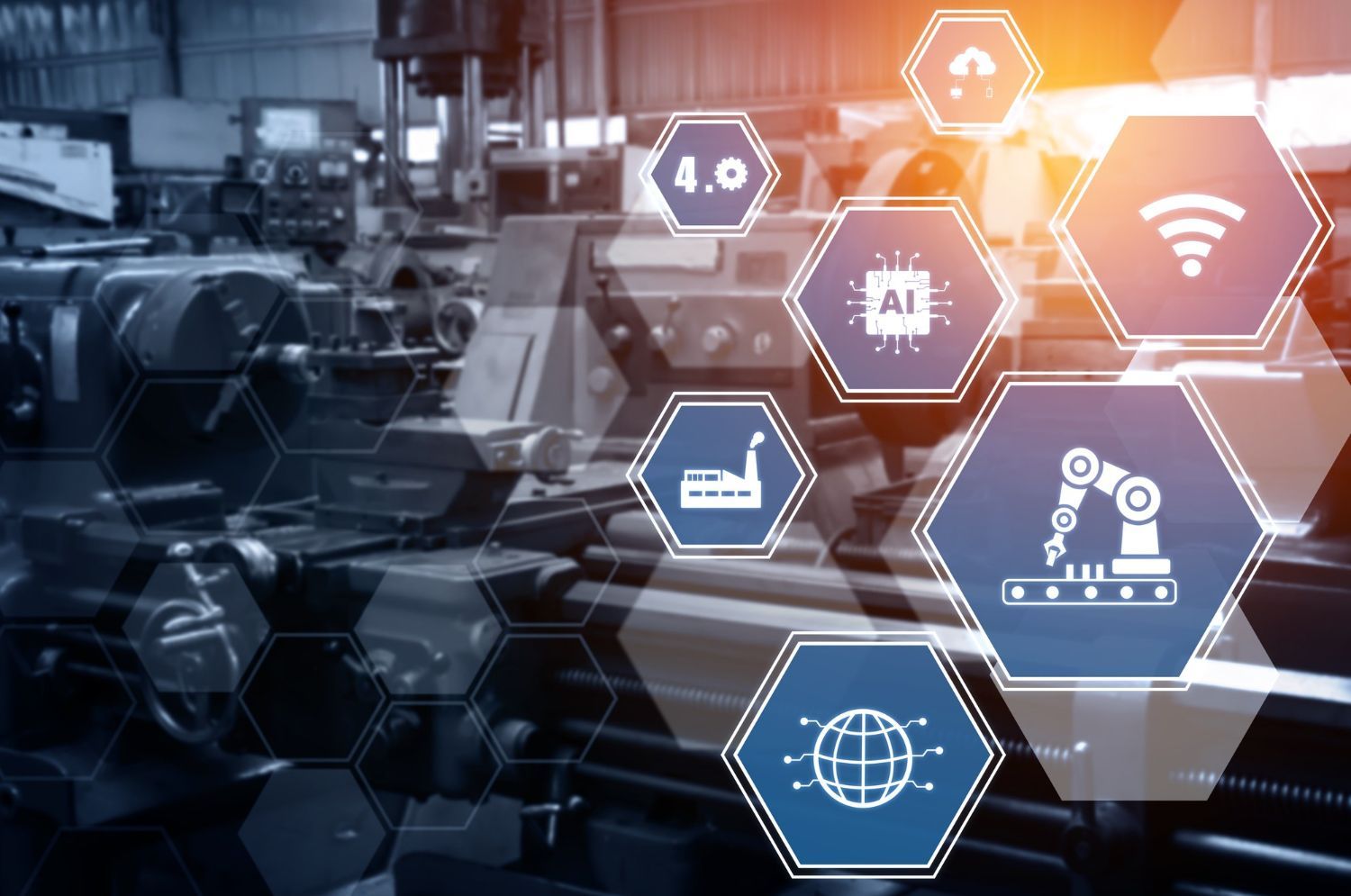
"Connecting the
Dots of
Industrial Evolution"
Below are some of our Industrial IoT use cases, where we deliver complete end-to-end solutions covering all layers of the ecosystem:
- Hardware (Sensors): Smart sensors and meters collect real-time data such as energy, water, gas, environmental conditions, or equipment performance.
- Connectivity (LoRaWAN & Cellular): Data is securely transmitted through long-range, low-power LoRaWAN networks or cellular technologies (4G/5G, NB-IoT) depending on the application and site conditions.
- Cloud Platform: Collected data is processed and stored on an industrial-grade cloud platform that ensures reliability, scalability, and security.
- Monitoring Dashboards, Reporting & Analytics: Intuitive dashboards provide real-time visibility, automated reports track performance, and advanced analytics turn raw data into actionable insights for better decision-making.
